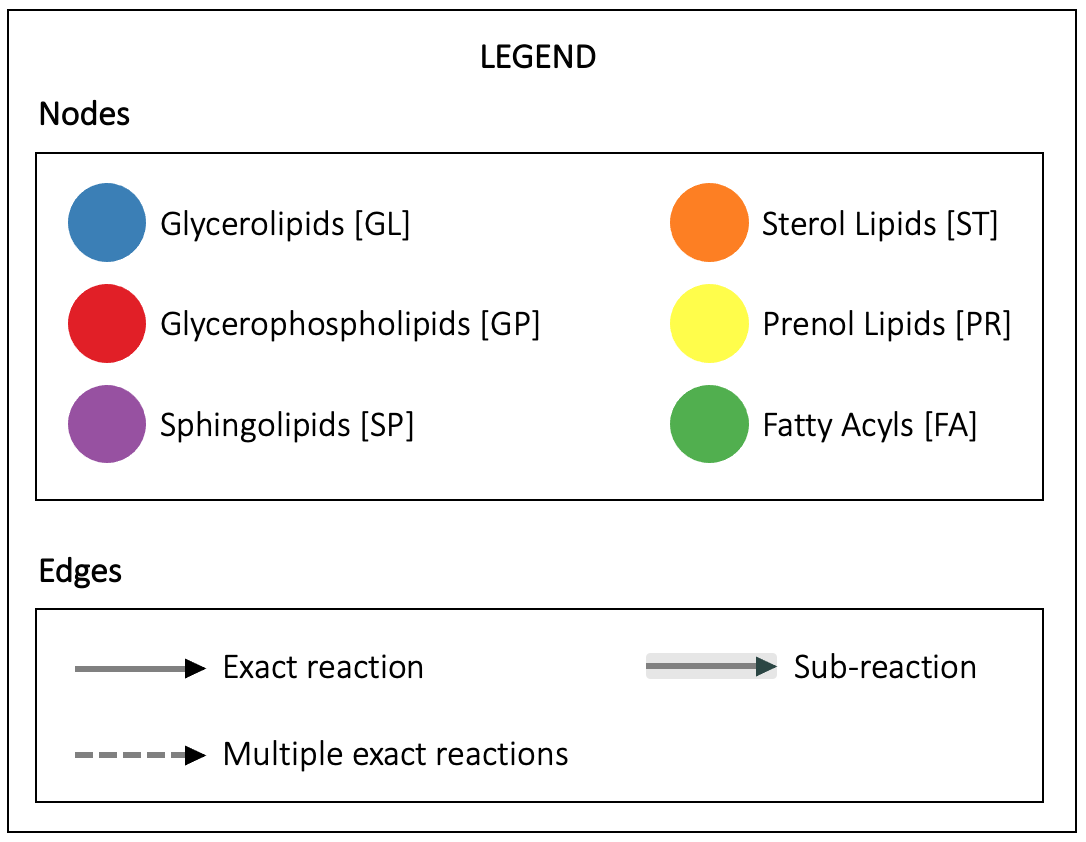Structure Database (LMSD)
Common Name
PGJ2
Systematic Name
11-oxo-15S-hydroxy-5Z,9,13E-prostatrienoic acid
Synonyms
- Prostaglandin J2
- 8-epi-15-J2t-IsoP
- 11-oxo-15S-hydroxy-5Z,9,13E-prostatrienoic acid-cyclo[8S,12R]
LM ID
LMFA03010019
Formula
Exact Mass
Calculate m/z
334.214411
Sum Composition
Status
Curated
3D model of PGJ2
Please note: Where there are chiral atoms but the stereochemistry is undefined, the 3D model takes an arbitrary conformation
Classification
Biological Context
Prostaglandin J2 (PGJ2) is a metabolite of PGD2 and an agonist of the prostaglandin D2 (PGD2) receptor subtypes DP1 and DP2/CRTH.1,2 It is formed from PGD2 by spontaneous dehydration.3 PGJ2 binds to DP1 and DP2/CRTH receptors (Kis = 0.9 and 6.6 nM, respectively) and either increases or inhibits the production of cAMP (EC50s = 1.2 and 13.1 nM, respectively, in HEK293 cells expressing the human receptors).1,2 PGJ2 is neurotoxic and induces apoptosis, oxidative stress, and the accumulation of ubiquitinated proteins in the brain.4 It promotes the cleavage of amyloid precursor protein (APP) by α- and β-secretase in primary rat cerebral cortical neurons when used at a concentration of 10 µM.3 The levels of PGJ2 increase in the brain after stroke or traumatic brain injury (TBI) in rodents and it accumulates in the spinal cord of patients with sporadic amyotrophic lateral sclerosis (ALS).
This information has been provided by Cayman Chemical
References
Reactions
Filter by species:
ⓘ
Reactions are shown if the E.C. number of the enzyme catalysing it is annotated in the UniProt database for a species belonging to the selected taxonomic class.
Click on an edge to display the reaction(s).

References
Taxonomy Information
Curated from
NCBI taxonomy class
Reference
Homo sapiens
(#9606)
Mammalia
(#40674)
Lipidomics reveals a remarkable diversity of lipids in human plasma,
J Lipid Res, 2010
J Lipid Res, 2010
Pubmed ID:
20671299
DOI:
10.1194/jlr.M009449
String Representations
InChiKey (Click to copy)
UQOQENZZLBSFKO-POPPZSFYSA-N
InChi (Click to copy)
InChI=1S/C20H30O4/c1-2-3-6-10-17(21)13-14-18-16(12-15-19(18)22)9-7-4-5-8-11-20(23)24/h4,7,12-18,21H,2-3,5-6,8-11H2,1H3,(H,23,24)/b7-4-,14-13+/t16-,17-,18+/m0/s1
SMILES (Click to copy)
[C@H]1(/C=C/[C@@H](O)CCCCC)C(=O)C=C[C@@H]1C/C=C\CCCC(=O)O
Other Databases
Calculated Physicochemical Properties
Heavy Atoms
24
Rings
1
Aromatic Rings
0
Rotatable Bonds
12
Van der Waals Molecular Volume
364.16
Topological Polar Surface Area
74.60
Hydrogen Bond Donors
2
Hydrogen Bond Acceptors
4
logP
4.34
Molar Refractivity
96.17
Admin
Created at
-
Updated at
-